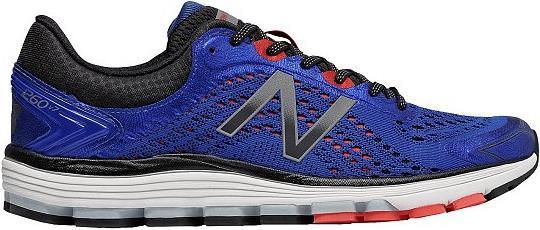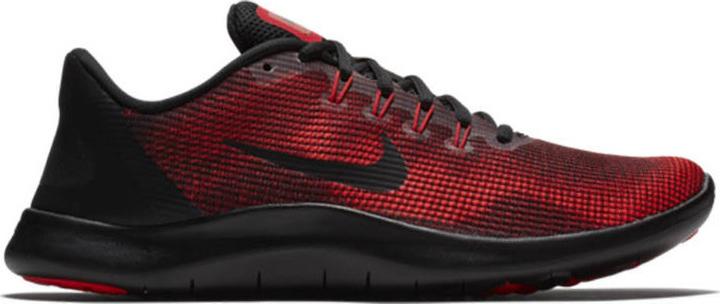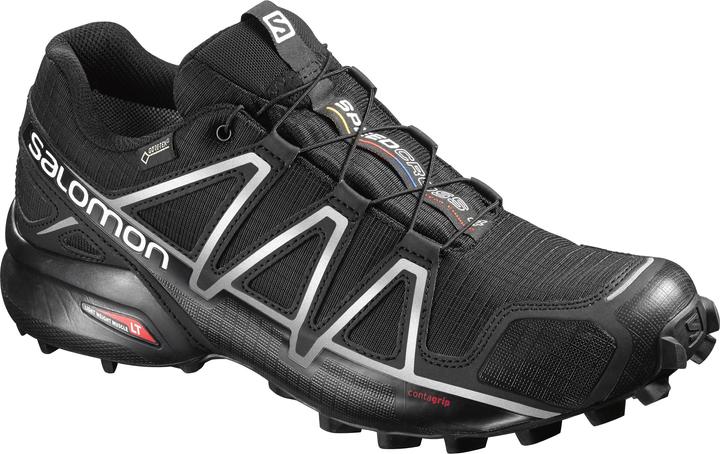

Feet and running shoes: a guide
Forrest Gump runs and runs and runs. He runs from the US West Coast to the East Coast and back again. He runs until his beard reaches his navel and his Nike "Cortez" are just shreds. Well, it doesn't have to be 5,000 kilometres that you run. Nevertheless, shoes are the most important piece of equipment when running and should be adapted to your body to prevent injuries.
Forrest Gump runs for 3 years, 2 months, 14 days and 16 hours in the film of the same name. On his feet, the legendary "Cortez", developed by Nike co-founder Bill Bowerman. What was the state of the art in running shoes in 1972 is now just a retro leisure shoe. The priority when looking for the right running shoe is therefore not the design or the question of whether the colour of the shoe matches your outfit. Especially for regular training, it is important to choose a shoe that is suitable for your body, running style and running circumstances (how often, how long, where), as otherwise running can damage your joints in particular.
There is no such thing as the perfect or best running shoe, only the right shoe for the right foot. It is therefore important to analyse your own body and running habits in depth.
Step 1: Analyse the shape of your foot
The shape of your foot is the first key factor in determining the running shoe with the right cushioning and stability for your body. A distinction is made here between a normal foot shape (1), a hollow foot (2), flat foot or fallen arches (3). Many runners have a flat foot or the more extreme variant of this, the flat foot. The lowered longitudinal arch can cause misalignments and insufficient (body's own) cushioning, which can lead to various complaints. My personal "favourite complaint": tendinitis in the ankle joint.
You can easily determine your foot shape using a little test: If you walk across the floor with wet feet, your footprints will give you a good indication of your foot shape.

Step 2: Static analysis
The next step is to analyse your leg axis in more detail
. Here, too, there is a little test: You place your legs, without shoes, relatively close together and put one hand between your knees, not touching the knee. If you now squat down and your knees move closer to your hand, i.e. your leg axis tilts inwards, you are overpronating. This is often the case for people with flat feet. If the distance increases, i.e. the knee drifts outwards, this is supination. As a rule, this mainly affects people with a normal or hollow foot. If the distance between the knee and hand remains unchanged, your foot-knee-hip axis is relatively stable.
Step 3: Analyse the running conditions and circumstances
Before choosing your running shoe, you should also ask yourself the following questions in a third step:
- How often do I plan to run? - This has a particular influence on the goals you set yourself when running: Are you aiming to improve your basic fitness in the long term or do you mainly want to train to take part in a specific race?
- How long do I want to run per session? - The longer you run, the more your blood vessels expand. For example, your feet can swell much more during a marathon than over ten kilometres. If you want to run longer distances on average, you should therefore always buy your shoe about one size larger.
- Where will I mainly be running? - The same shoes are generally suitable for tarmac and gravel surfaces. If you would rather run on poorer paths, single trails or on snow in winter, special trail running shoes are more recommended.
Step 4: And which is the right shoe?
The "comfort shoe"
Based on the above analyses and considerations, you can now determine the right running shoe for you and your body. As a rule of thumb, you should complete 70-80 per cent of your training sessions in a durable "comfort shoe" that is adapted to your anatomy in terms of cushioning and stability. For overpronators with fallen arches or flat feet, a supported shoe with sufficient cushioning is recommended. However, these and the degree of stability vary depending on the model and brand and are based on different technologies. In addition, perception is always very subjective, so it is worth testing different shoes with similar levels of cushioning and support to find out which shoe is most comfortable and best suits your running style.
For him and her [[productlist:6864158]]

For all supported running shoes
If you have supination or normal foot alignment, a neutral, unsupported shoe is recommended.
For him and her [[productlist:6864175]]
A special trail running shoe is recommended for those who mainly run off-road and on trails.
For him and her [[productlist:6348693]]
The "alternative shoe"
Back to the rule of thumb: you should complete 20-30 per cent of your training in a different, second running shoe. Orthopaedists and doctors also recommend this, as it prevents the body from getting too used to one shoe. A second shoe sets different training stimuli and puts a different strain on the muscles. This can reduce the risk of injury. Your alternative shoe can be a different model, a different underlying technology or even a different shoe brand.
It is also advisable to repeatedly complete short and fast training sessions at higher intensity levels. For this, it is best to use so-called lightweight trainers, i.e. lighter shoes with less cushioning and stability as well as lower guidance properties. These running shoes are often categorised as speed or race shoes.
For him and her [[productlist:7025422,6867256]]
Zu allen Speed/Race-Runningschuhen //
All running shoes
From radio journalist to product tester and storyteller, jogger to gravel bike novice and fitness enthusiast with barbells and dumbbells. I'm excited to see where the journey'll take me next.
Practical solutions for everyday problems with technology, household hacks and much more.
Show all


